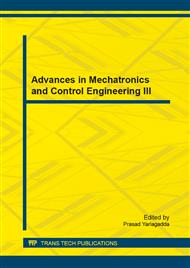p.112
p.116
p.120
p.126
p.130
p.137
p.143
p.147
p.151
The Research of Technical Architecture of Semi-Structured XBRL Data Based on Hadoop Cluster and Structured Data Exchange System
Abstract:
With the fast propulsion of the informatization, a large base of semi-structured XBRL data and structured financial data have been accumulated in various business activities, including production, commercial management, transaction, government supervising and administrating, which is ever-increasing with a relatively large-scale. These huge amounts of business data surely will be distributed on the cloud in the future. Therefore, the purpose of this article is to solve this common challenging problem of how to share the huge number of structured financial data and semi-structured XBRL data. Combining the related cloud computing technology with the XBRL technology, a technical architecture and implementation of semi-structured XBRL data and structured data exchange system based on Hadoop cluster is proposed in this study. The technical architecture has certain engineering value and theoretic significance in the area of big data processing and sharing.
Info:
Periodical:
Pages:
130-134
Citation:
Online since:
October 2014
Authors:
Keywords:
Price:
Сopyright:
© 2014 Trans Tech Publications Ltd. All Rights Reserved
Share:
Citation:


